On August 31, 1894, the Electrobat, one of the world’s first successful electric automobiles, was patented by Henry G. Morris and Pedro G. Salom. They developed their first prototype in just two months, but improved on the design several times over the following year.
In 1894, engineer Henry G. Morris and chemist Pedro G. Salom set out to build the world’s first electric automobile. Both men had previously worked on battery street cars, which had been rising in popularity in major cities around the country. The two scientists developed their first prototype in just two months and received a patent on August 31, 1894. During their first test-run that summer, they received a special permit from the city and a police escort, to keep horse carriages away. The Electrobat was a bit unpredictable and likely to spook the horses.
The Electrobat was a smaller version of the battery streetcar. It was slow and heavy, weighing 4,250 pounds and had metal tires and rear-wheel steering. The vehicle ran on a 1,600-pound lead-acid battery. The first generation Electrobat could reach a top speed of 15 miles per hour and travel up to 50 miles.
Over time, Morris and Salom modified their design. Their second prototype weighed a total of 1,650 pounds using a 640-pound battery. This version used two 1.5-horse power motors and had pneumatic tires. It could drive up to 25 miles and reach speeds of 20 miles per hour. Within a year, they were onto their fourth prototype, which weighed 800 pounds and used a 350-pound battery. Employing two 75-pound motors, it could drive up to 25 miles at 15 miles per hour.
The Electrobat II won the Judges’ Medal at the 1895 Chicago Times-Herald race. And in 1897, Morris and Salom received the Philadelphia Scott Medal, an international honor awarded to people who contributed to the advancement of mankind.
The Electrobat officially went into production in 1895 and the pair formed the Morris & Salom Electric Carriage and Wagon Company in Philadelphia the following year. One of their largest customers was the Electric Vehicle Company in New York City, which is considered the first taxi cab company in the world. By the end of the century, dozens of Electrobats were in service in New York’s busy streets. Charging stations were set up to keep the cars running throughout the day. Before long, Electrobats could be found on the streets of Boston, Washington, DC, and Philadelphia.
The widespread use of Electrobats led one newspaper to comment that “no modern development is fraught with greatest possibilities than the motor-propelled road vehicle.” And another said that “the American mechanical public at large is viewing the horseless carriage a dream of the dreamers.”
However, Morris and Salom soon had stiff competition. Henry Ford refined his internal combustion-powered vehicles and developed a quick, cost-effective way to manufacture them. Morris and Salom sold their design in 1897 and by the late 1920s, electric cars essentially disappeared from the streets.
Click here for photos and lots more history on the Electrobat.
| FREE printable This Day in History album pages Download a PDF of today’s article. Get a binder or other supplies to create your This Day in History album. |
Discover what else happened on This Day in History.

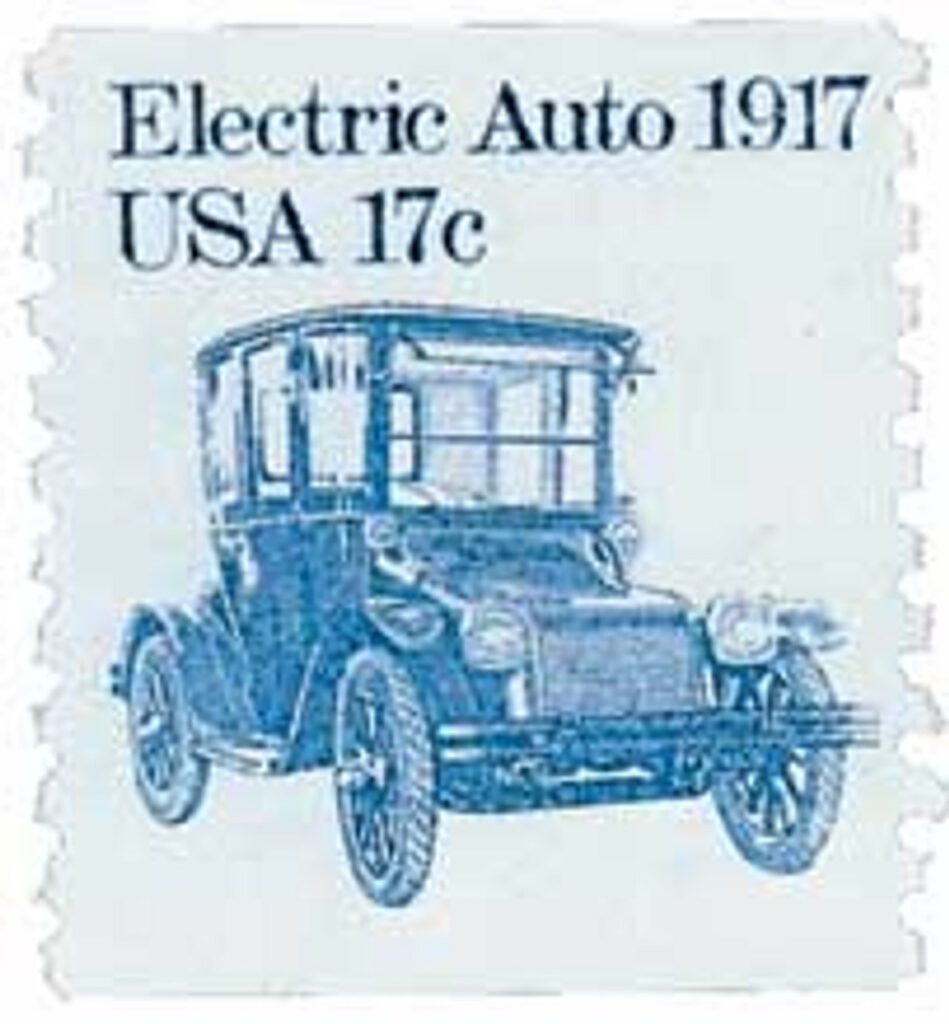
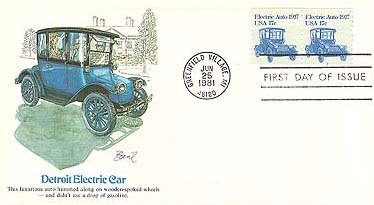
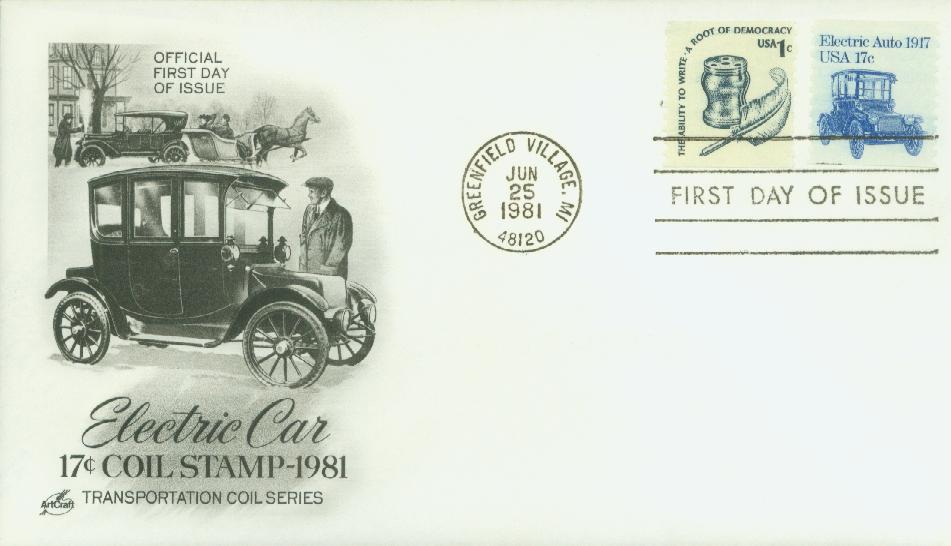
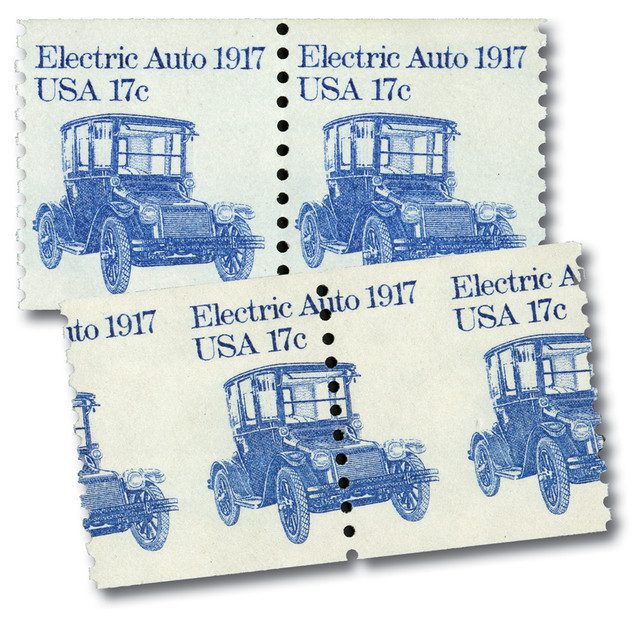
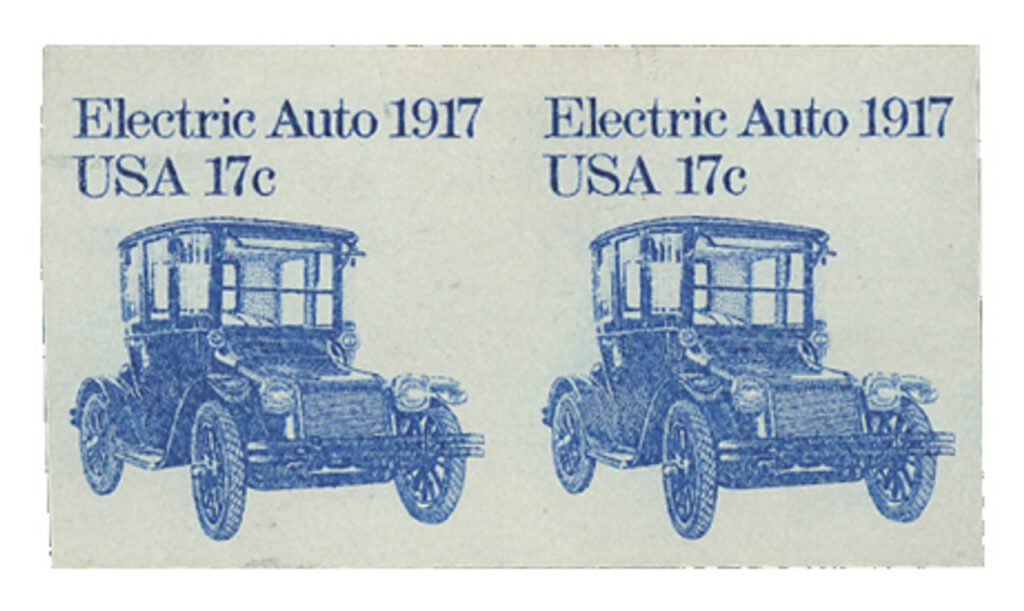

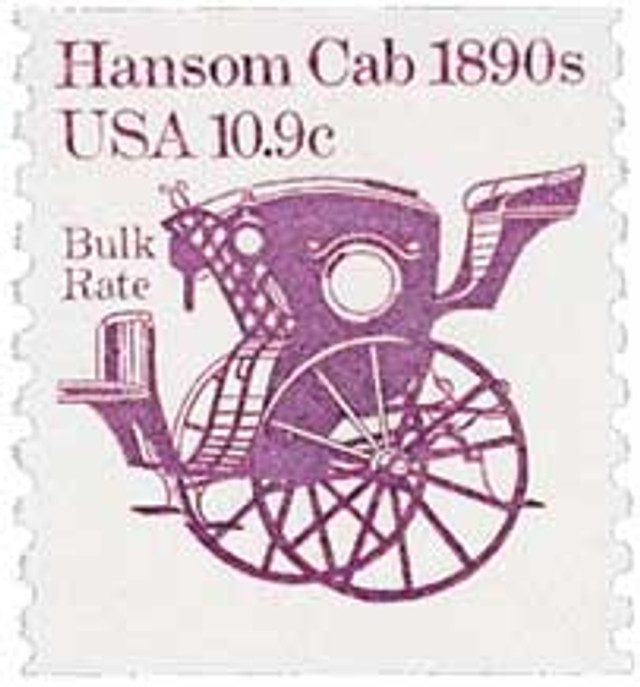
I had never known about the early existence of electric vehicles! Great article! Imagine the different world we would be living in if Morris and Salom had pursued their invention to successfully (out?)compete with Henry Ford?………
What a surprise! Who woulda thunk? Thanx for the great story.
I assume they were based in Philadelphia but hard to glean from the article.